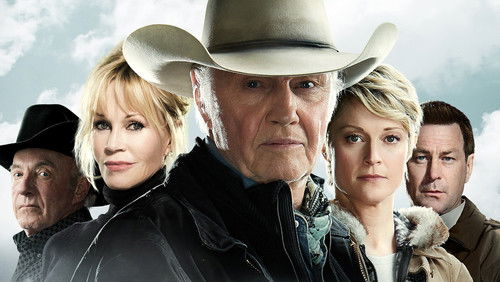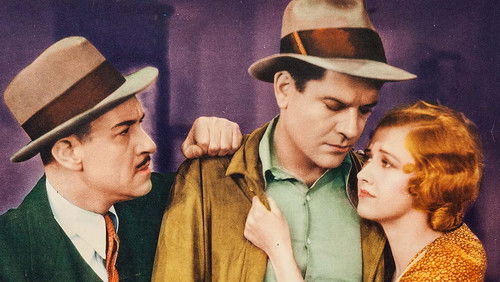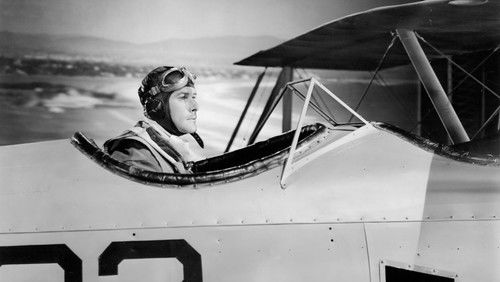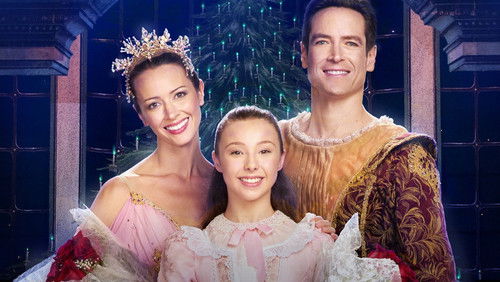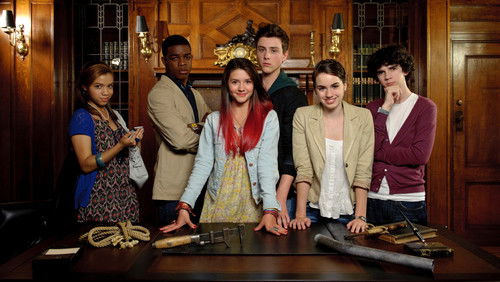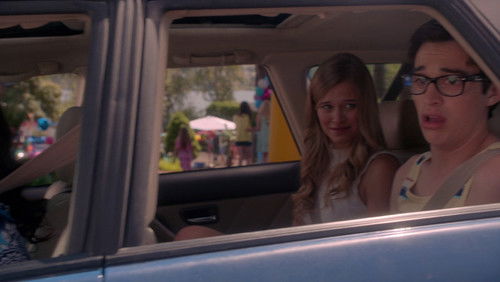Sierra Charriba (1965)
69KSierra Charriba: Directed by Sam Peckinpah. With Charlton Heston, Richard Harris, Jim Hutton, James Coburn. In 1864, due to frequent Apache raids from Mexico into the U.S., a Union officer decides to illegally cross the border and destroy the Apache, using a mixed army of Union troops, Confederate POWs, civilian mercenaries, and scouts.
“u0026quot;What is it, love trouble or money trouble?u0026quot; a burnt-out good-time-gal asks the man she just picked up in a bar. Sheu0026#39;s seen all the troubles in the world, she tells him, u0026quot;And they boil down to just those two. Youu0026#39;re broke, or youu0026#39;re lonely.u0026quot; Most noir films confirm this: the hero is brought down by lust or greed or some combination of the two; by the temptations of crime or the lure of a femme fatale. But this time the world-weary hooker is wrong; her manu0026#39;s problem has nothing to do with love or money. It has to do with the war, when, as the man tells his wife, u0026quot;A lot of things happened…that you donu0026#39;t understand.u0026quot;u003cbr/u003eu003cbr/u003eWorld War II is an undercurrent in many post-war noirs. A generation of men had faced violence and death; they couldnu0026#39;t settle back into their ostentatiously wholesome communities, and they were all too ready to pull out their service revolvers to solve peacetime problems. ACT OF VIOLENCE offers the most direct analysis of the war as a source of noir angst, becoming both one of the best examples of the genre and one of the best films about the effects of war. Four years after Americau0026#39;s victory, it was still daring to admit that not all of our boys behaved honorably overseas, and that our prosperity might rest on corrupt foundations.u003cbr/u003eu003cbr/u003eFrank Enley (Van Heflin) is a perfect image of postwar success, a war hero with a thriving business, a nice house in the suburbs, a beautiful wife and a young son. This idyll of fishing trips and checkered aprons is invaded by Joe Parkson (Robert Ryan), a creepy, limping, gun-wielding, apparently deranged stalker. He was with Frank in the army and in a P.O.W. camp, and holds a mysterious, murderous grudge against him. The first part of the movie plays like a horror film, using magnified sounds–especially the slow, shuffling drag of Parksonu0026#39;s lame leg–in eerie stillness to heighten suspense. As we learn more about what really happened in the war, the black-and-white scenario of threatened innocence unfolds into a complex moral puzzle. Can desperate circumstances or good intentions mitigate an act of betrayal and moral cowardice? Is violent revenge ever justified?u003cbr/u003eu003cbr/u003eRobert Ryan starts out in typical form: intense, tightly-wound, scary, seething with hate. But we also get to glimpse the suffering and moral outrage that underlie his tortured obsession. His anger might be righteous, but heu0026#39;s still a figure of terror. Van Heflin has the richer part, and he reveals the full measure of his under-appreciated brilliance. He doesnu0026#39;t look like a movie star–he was well described as u0026quot;attractively homelyu0026quot;–and he doesnu0026#39;t act like a movie star either. Heu0026#39;s so transparent and direct; he never advertises what heu0026#39;s doing. Like Arthur Kennedy, he specialized in ambiguity, playing nice guys with something shifty and unreliable about them, or unscrupulous heels with decent cores. Here he evolves from an amiable pillar of the community to a man so sick with self-loathing that he can hardly stand up straight.u003cbr/u003eu003cbr/u003eIn a classic noir trajectory, he moves from the sunny suburbs to the wasteland of an urban night, where the desolate streets around L.A.u0026#39;s Angelu0026#39;s Flight mirror his state of mind. (The suburbs too have dark shadows and unsettling overtones, like the background motif of the Enleysu0026#39; baby screaming behind the bars of his crib or playpen, trapped and helpless as his father.) At the end of his rope, Frank meets a friendly, worn-out barfly (a shockingly weathered and tawdry Mary Astor.) Astor works wonders with a clichéd part, all nervous tics and generosity pinched by fear and bad memories. She keeps talking about u0026quot;getting her kicksu0026quot;–itu0026#39;s all she has left. u0026quot;Gee, thereu0026#39;s no law says you gotta be happy.u0026quot; u003cbr/u003eu003cbr/u003eIn this seedy underworld, the man with the tortured conscience meets a man with no conscience, a killer-for-hire with a smooth voice and plump, evil face (Barry Kroeger) who plays the part of Satan, tempting Frank to get rid of his problem the easiest way. Heflin manages to retain sympathy for his weak and sometimes despicable character, through the honesty and vividness of his anguish. Fred Zinneman keeps the suspense mounting through taut, spare direction: no excessive music or flashy visuals or extraneous flourishes, just a relentless focus on the collision courses of the main characters, who include Franku0026#39;s wife (the girlish, gorgeous Janet Leigh) and Parksonu0026#39;s girlfriend (Phyllis Thaxter), who doesnu0026#39;t want her man to be a murderer.u003cbr/u003eu003cbr/u003eWhat would you do if you were starving, literally fighting for survival, and you had a chance to save yourself? What if you had done something terrible and knew that only one living witness knew about it? What if you were that witness? There are no easy answers in this movie, which attacks the popular notion that when a war is over itu0026#39;s over, and people can just get on with their lives. An u0026quot;act of violenceu0026quot; is never the end, it always leads to another.”
